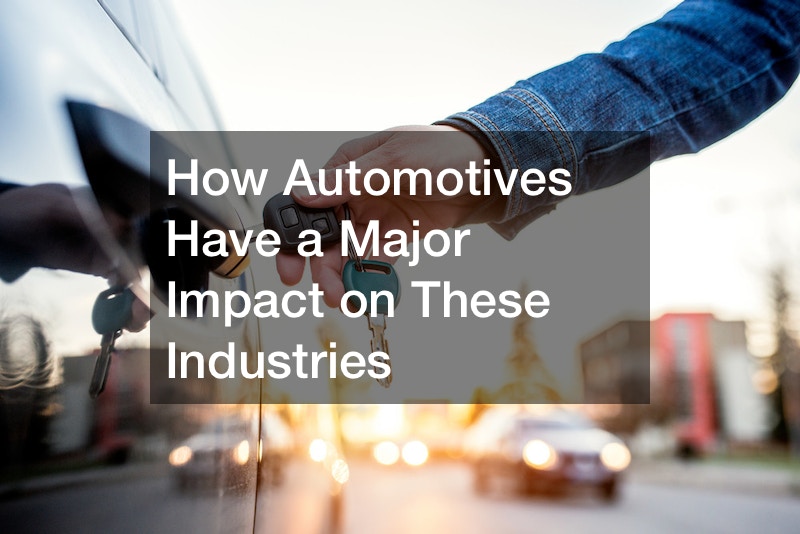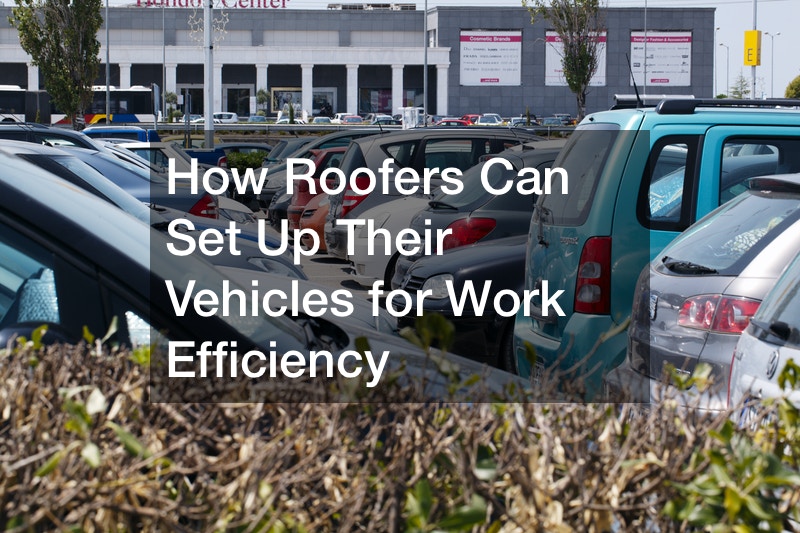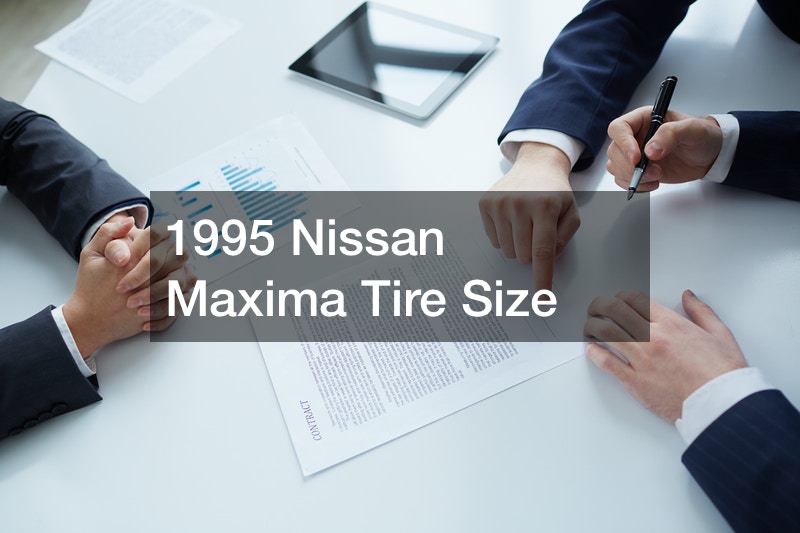
The automotive industry has contributed significantly to the global economy for years. It is also one of the most innovative industries, constantly evolving and shaping our lives. As automobiles have become integral to our daily lives, their impact on all sectors has increased significantly.
According to the European Automobile Manufacturer’s Association, over 80 million vehicles are produced annually. With the sheer volume of production, application, and constant innovations, automotives have had a major impact on numerous industries and sectors. This document will explore some of the industries most impacted by the automotive industry. Let’s start.
Roofing Industry

Initially, the roofing and automotive sectors operated independently. Each industry still has unique challenges, technologies, and market dynamics. However, in recent years, the advancements and innovations in the automotive sector have had a major impact on roofing.
Material innovation has been one of the most significant impacts. Over the years, materials previously used in the construction of automobiles have found their way into the roofing industry. For example, roofing has incorporated advanced plastics, carbon fiber, and aluminum. This application has led to stronger, lighter, and more durable roofs resistant to storm damage and typical wear and tear.
Furthermore, the automotive advancements in technological integration have also influenced the roofing sector. For instance, sensors developed for use in automobiles have been integrated into roofing systems. These sensors detect damage, temperature changes, and moisture levels in roofs. This technology has enhanced the ability of roofers to assess roofs’ condition accurately, allowing them to detect leaks and damage and identify areas that require repair.
Plumbing Industry
The plumbing industry has also experienced a significant impact on the automotive sector. Constant automobile innovations have led to technological advancements that have improved plumbing systems’ effectiveness and efficiency. Water conservation is one of the major areas where this impact is evident. With increasing focus on fuel efficiency and environmental sustainability, the automotive industry has developed more efficient systems. Some of these principles have been introduced in plumbing to develop water-conserving fixtures and systems.
For instance, faucets incorporate aerators used in vehicles to regulate air intake. This development enables faucets to reduce water wastage by reducing the volume of water released without impacting the flow. According to the Organization of the United States, aerators can reduce the volume of water a faucet releases by as much as 60% and maintain a strong flow.
Automotive advanced inspection technologies, such as cameras and sensors, have also had a major impact on plumbing. Such technologies have been incorporated for drain inspections, allowing plumbers to inspect the pipes’ interior and visually identify blockages. These improvements have significantly changed how plumbers tackle clogged drain repair and maintenance.
Masonry Industry
Automotives have also had a major impact on the masonry industry. One of the most significant impacts has been developing specialized vehicles catering to the construction industry. For instance, trucks are now equipped with cranes that can easily lift and move heavy materials such as bricks, blocks, and stones. This development has significantly increased the efficiency and safety of construction sites.
Moreover, advanced automobiles have also impacted the transportation of heavy construction equipment. With the advent of heavy-duty trucks and trailers, the ease of transporting such equipment has significantly increased. This factor has simplified logistical issues for stucco contractors and other masonry workers.
Better transportation infrastructure has also made job sites more accessible. Improved road networks and transportation options make it easier for construction crews to reach various job sites promptly. This factor has increased the speed and efficiency of construction projects, allowing for more timely project completion.
The automotive industry has influenced urban planning and development. It has significantly affected how construction projects, including masonry work, are organized in urban areas. These include considerations for road layouts, parking facilities, and overall accessibility.
Excavation

Specialized vehicles such as excavators, bulldozers, and dump trucks have greatly impacted the excavation field. According to Carlogos, excavators like Caterpillar 6090 FS have a bucket capacity of more than 100 tons. With such automobiles, digging and moving large quantities of earth has become much more efficient. This factor has made the work of an excavating business more manageable and less time-consuming.
The automotive industry is developing smaller, more compact equipment, such as the 2001 Bomag BPR30/38 D Plate Compactor. Due to their smaller size, compact excavation equipment can navigate tighter spaces and perform more precise tasks. This feature has revolutionized excavation, especially in urban areas with limited space.
Automation development in automotive has also had a major impact on excavation. Incorporating these automation technologies into excavation machinery has greatly improved safety on job sites. Workers can now operate equipment from a safe distance, reducing the risk of accidents and injuries.
Printing
Automakers heavily rely on printed materials for advertising and marketing. Brochures, catalogs, flyers, and other promotional materials are commonly used to showcase new car models, features, and promotions. The demand has opened up new printing sectors and jobs in the automotive industry, creating a symbiotic relationship between the two industries.
The growing need for personalization in automobiles has had a major impact on printing. For instance, as custom car decal, vehicle wraps, and interior graphics have become popular, specific printing techniques have been developed to meet these needs. Specialized materials designed for use on cars have also become essential. These include materials like durable vinyl for vehicle wraps and weather-resistant inks for outdoor use.
Moving
Moving is perhaps one of the industries with a prominent nexus with automotive. In fact, many people view automobiles from the lens of moving services. This means, to many people, automobiles are solely meant for moving individuals. Can you imagine relocating to a new town without using vehicles to transport your items?
In the US, moving is a big industry, with over 13% of Americans moving each year, according to the Joint Center For Housing Studies. This percentage translates to over 40 million people. Automotive advancements such as specialized moving vehicles have had a major impact on the moving sector. These include moving trucks with built-in ramps, lift gates, and secure cargo areas. Such improvements have significantly improved the efficiency and safety of the moving process.
The growth of vehicle rental services, such as trucks, vans, and trailers, has also made moving more accessible. Instead of buying a moving truck, individuals can pay local movers or rent a vehicle and do the move themselves. This shift has made moving more affordable, convenient, and less stressful for many people.
Automotive innovations in towing technology and equipment have also played a crucial role in the moving industry. Innovations such as tow hitches and trailers have allowed people to use their cars instead of hiring moving trucks. People often use their vehicles to tow trailers filled with belongings during a move.
Moreover, GPS technology in moving vehicles has greatly improved navigation and route planning for movers. This technology helps them save time and reach their destination more efficiently. It also allows for real-time tracking of the moving truck, giving individuals peace of mind during the moving process.
Product Distribution

The advancements in automotive technology have also greatly impacted product distribution. With the increase in online shopping and e-commerce, there has been a growing demand for efficient and timely product delivery. It has been facilitated by developing new technologies and techniques in the distribution sector. In the business world, the biggest use of autos is helping move items to buyers and potential audiences.
One significant impact of automobiles has been the last-mile delivery process. This term refers to the final stage of the delivery process, where products are distributed to retailers or customers. With trucks and vans, last-mile delivery has become faster and more efficient. It has affected areas such as Jarritos distribution by meeting the demands for timely product delivery.
Innovations like autonomous vehicles have also had a major impact on product delivery. These self-driving trucks can transport goods without the need for a human driver. This technology significantly reduces labor costs and increases efficiency. Autonomous vehicles have also improved logistics and supply chain management, allowing quicker delivery times.
Another significant development is the development of cold chain transportation. The automotive industry has played a role in developing refrigerated trucks and vans. Such automobiles have served delivery industries like food and pharmaceuticals that require transporting temperature-sensitive products. These innovations have ensured the safe and controlled transportation of perishable goods.
Automotive technologies, including GPS and routing software, have transformed the efficiency of product delivery. Drivers can navigate optimal routes, avoiding traffic and reducing delivery times. This technology is crucial for both individual drivers and large delivery fleets.
Heating and Cooling
Is there any connection or areas of synergy between automotive and air conditioning, you wonder? The development of car air conditioning systems has revolutionized the automotive experience. First introduced in luxury vehicles, these systems have become standard in most modern cars. These improvements have made car travel more comfortable and enjoyable, especially during hot summers or cold winters.
However, automobiles have also had a major impact on the heating and cooling industry. The need for efficient space utilization in vehicles has driven innovations in the miniaturization of HVAC components. As automakers have sought compact and lightweight solutions, HVAC manufacturers have had to adapt their designs and manufacturing. This need has led to the innovation of smaller and more efficient components, which have then been applied to other industries.
Moreover, integrating smart technologies in automotive HVAC systems has set a precedent for similar residential and commercial HVAC developments. Smart thermostats, remote control, and automation have become more prevalent in the broader heating and cooling industry. According to QUARTZ, about 16% of American homes have switched to smart thermostats. Most local HVAC contractors expect these figures to rise drastically as more homeowners embrace smart technologies.
Pest Control
One lesser-known application of automotive technology is in pest control. The automotive industry is crucial in providing reliable and efficient vehicles to transport pest control equipment. Insect removal companies often rely on vehicles to transport equipment, chemicals, and tools to various locations. With better transportation capabilities, insect removal companies can now reach distant and previously inaccessible areas. Automobiles also help them deliver faster service, resulting in higher customer satisfaction.
Moreover, fleet management technologies developed in the automotive industry have also seen greater application in pest control. For instance, most insect removal companies have adopted telematics to track and monitor their vehicles. Vehicle telematics technology combines GPS systems, wireless telematic devices, black box technology, and onboard vehicle diagnostics.
Automotive telematics benefit pest control companies in fleet management by recording and transmitting vehicle data. The vital data include speed, location, servicing, and maintenance requirements. It also allows companies to plan effective routes that help them save time and fuel.
Catering

The automotive industry has also had a major impact on catering, primarily through transportation and logistical considerations. Advances in the design and manufacturing of vehicles have made it possible for entrepreneurs to convert trucks and vans into mobile kitchens. This element has impacted over 28.44 thousand US catering businesses, as Statista reported. It has increased flexibility, enabling businesses to reach different locations and cater to events, festivals, and private functions.
The automotive industry also indirectly impacts event catering by providing transportation solutions for catering equipment and setup. Catering companies often use vehicles to transport tables, chairs, linens, and other supplies to event locations. There has also propped up vehicle rental services targeted at catering companies, offering refrigerated trucks and vans for transporting food safely.
Moreover, automobiles have also significantly shaped delivery services. Developing efficient delivery vehicles, including cars and specialized vans, has transformed catering services’ operations. Many caterers now offer delivery options for events, office lunches, and individual customers. The automotive industry’s delivery logistics and technological innovations have facilitated the growth of catering delivery services.
Automotives have emerged as a crucial element in numerous industries. They have impacted these industries in various ways, including providing transportation solutions and logistical support. The developments have revolutionized these industries, enabling innovation, growth, and even the emergence of new sectors. Ultimately, automobiles have become integral to modern-day businesses and daily life.



